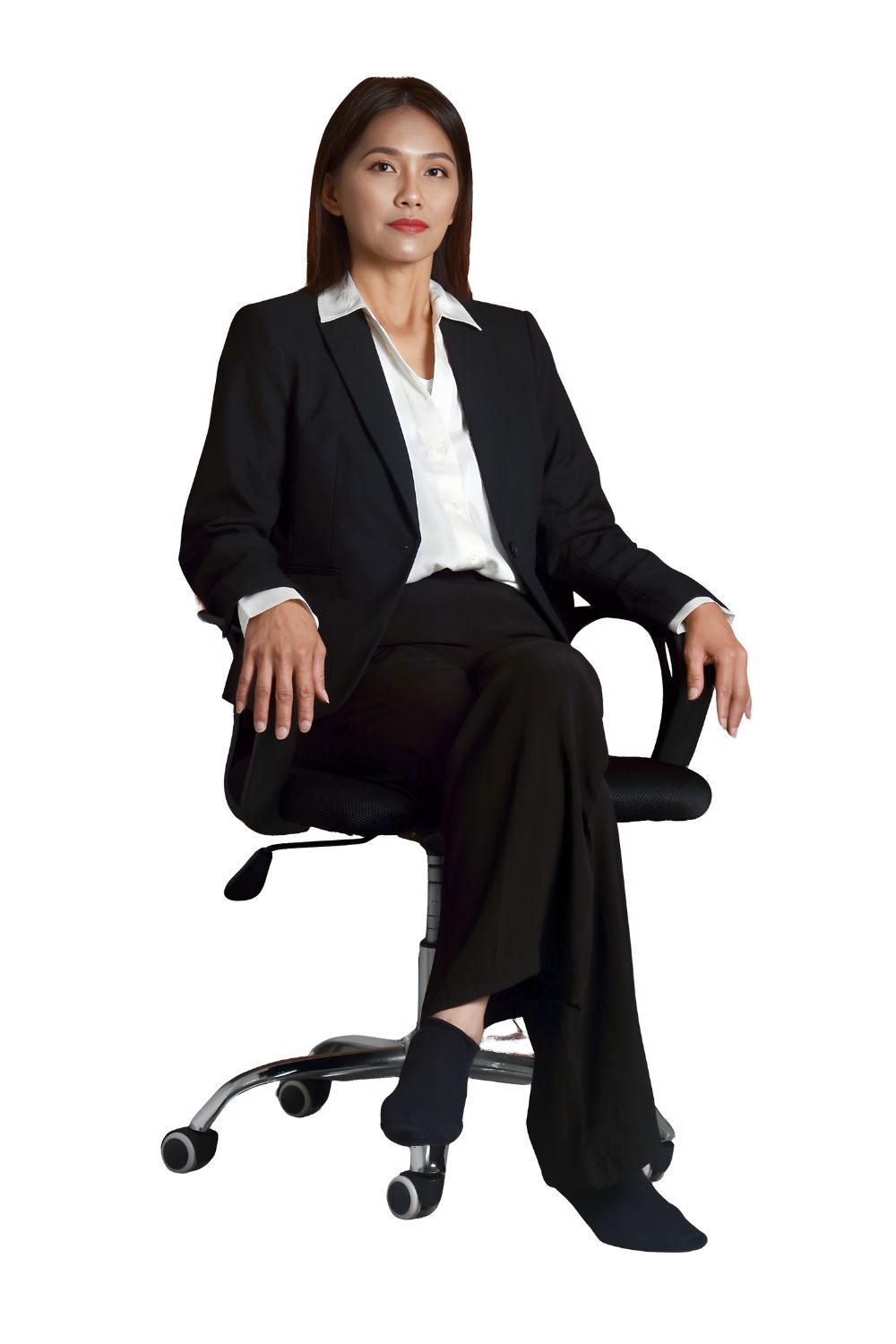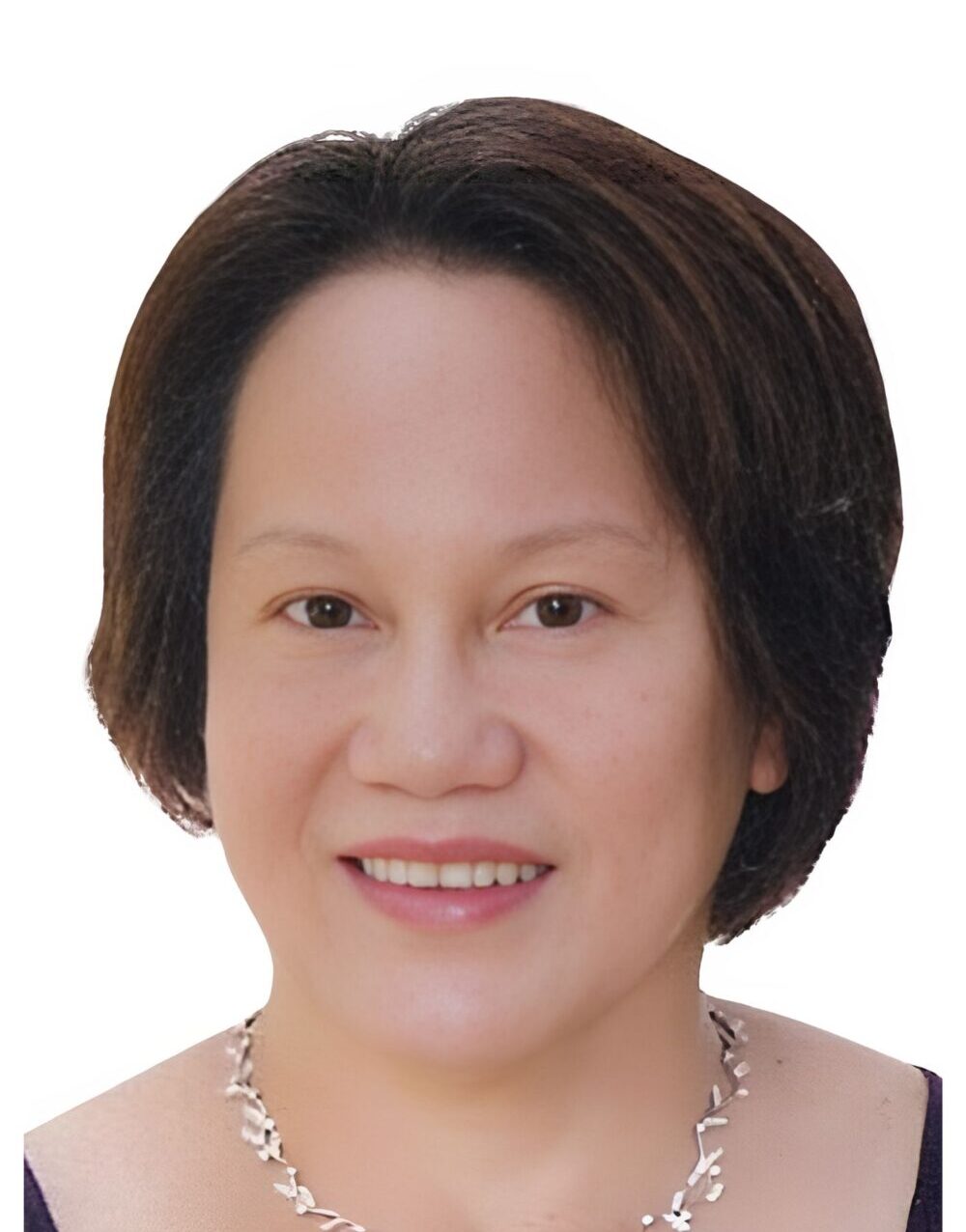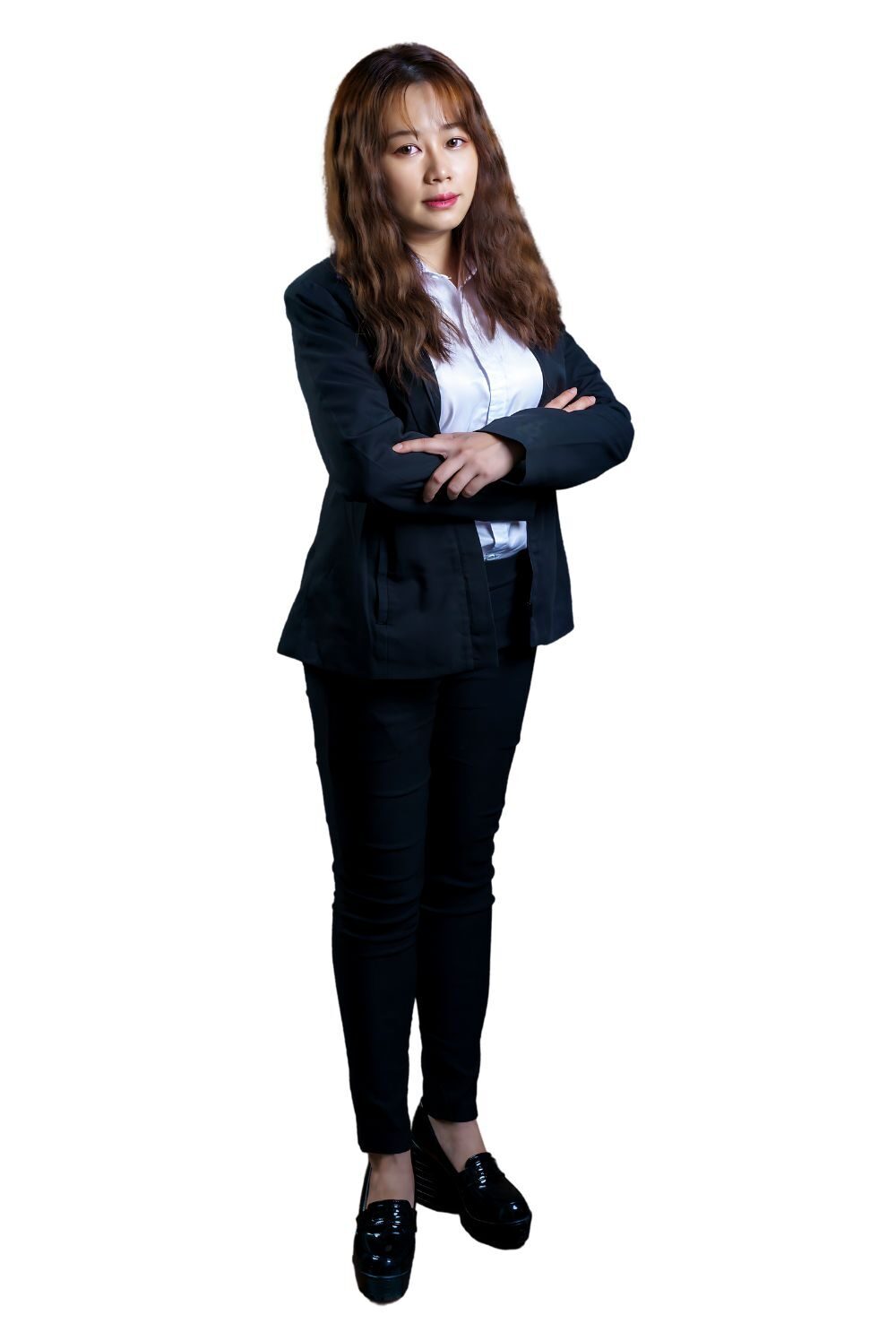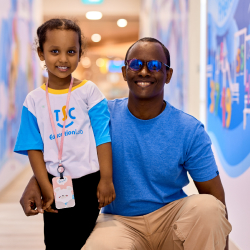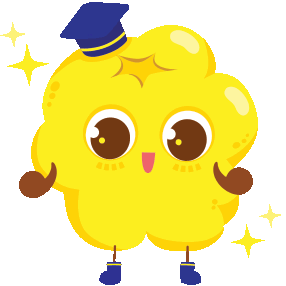- December 1, 2022
- Posted by: webmaster
- Category: Thoughts & Insights
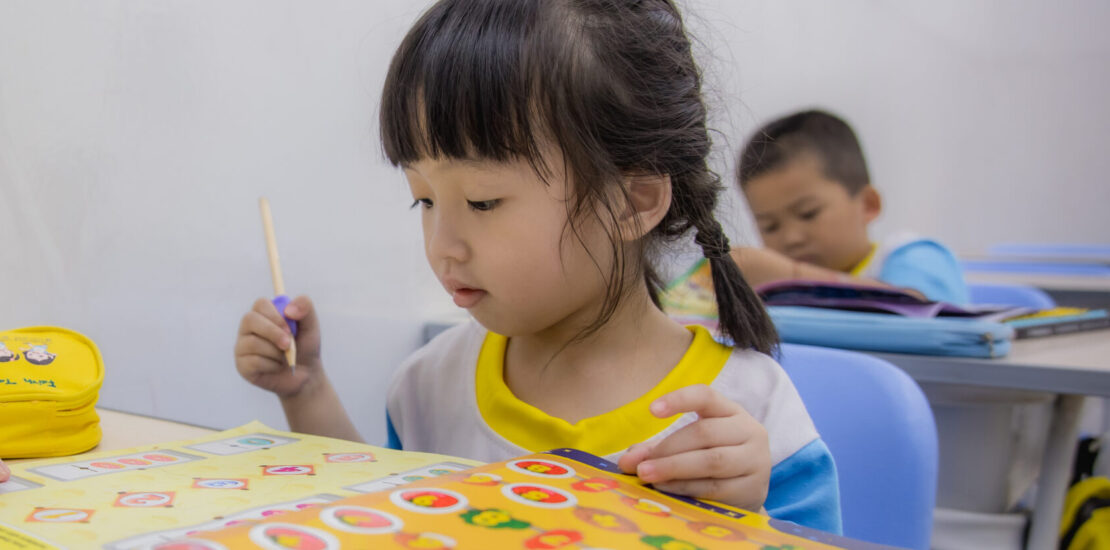
Dear Parents,
Do you worry when your child faces setbacks in learning? It’s natural to want them to succeed without struggles, but the key to their long-term success lies in building resilience. Here’s why resilience matters and how you can help foster it.
Why Resilience Matters
Learning is full of challenges. Children won’t always get things right on the first try. But when they give up too easily, they miss out on growth opportunities and lose confidence. Research shows that resilient children—those who persist through challenges—are more likely to succeed both academically and in life.
Carol Dweck’s work on growth mindset (2006) reveals that kids who believe effort leads to improvement are more likely to keep trying despite difficulties. Angela Duckworth’s concept of grit (2009) also shows that perseverance in the face of setbacks is key to achieving long-term goals.
How to Build Resilience
- Praise Effort, Not Just Results
Focus on how hard your child worked, not just the outcome. Recognizing effort encourages persistence and reinforces the idea that growth comes from practice, not just success. - Encourage Facing Challenges
Let your child experience challenges and solve problems on their own. Help them see obstacles as opportunities to learn rather than something to avoid. - Embrace Failure as Part of Learning
Teach your child that failure is not the end. It’s a stepping stone to growth. When setbacks happen, guide them to see it as a valuable lesson for the future.
The Benefits
Resilient children develop confidence, persistence, and problem-solving skills. These traits help them succeed not just in school, but throughout their lives. Resilience empowers kids to face life’s challenges with a positive mindset and determination.
Conclusion
Building resilience in your child isn’t just about improving grades—it’s about preparing them for a lifetime of success. Let’s help our children see challenges as opportunities and teach them that with effort, they can overcome anything.
References:
- Dweck, C. S. (2006). Mindset: The New Psychology of Success.
- Duckworth, A. L., & Quinn, P. D. (2009). Development and Validation of the Short Grit Scale.
Start your child’s maths education on the right track, with CMA’s proven mental arithmetic skills. Visit a CMA centre near you, or contact us today!


